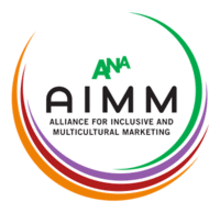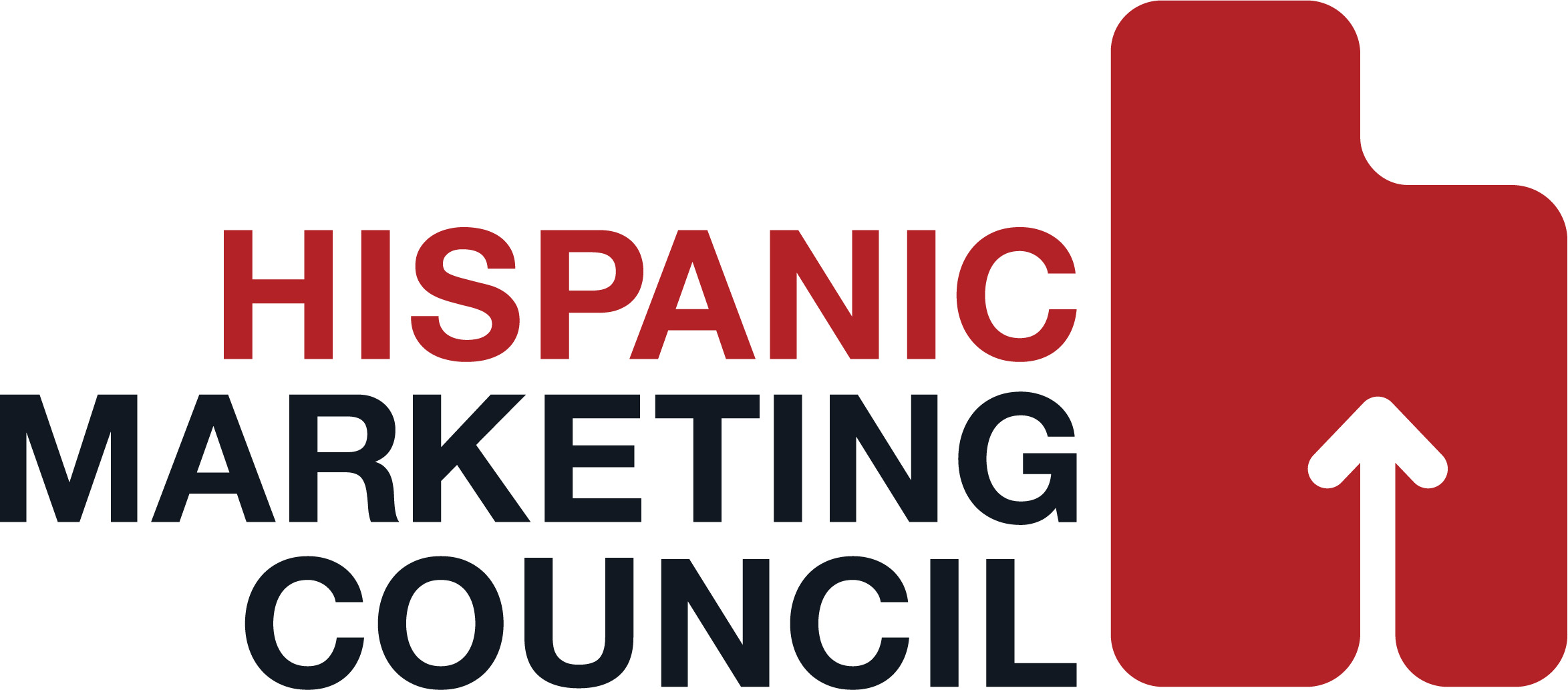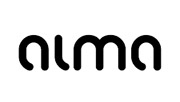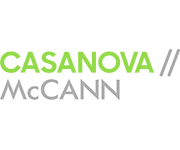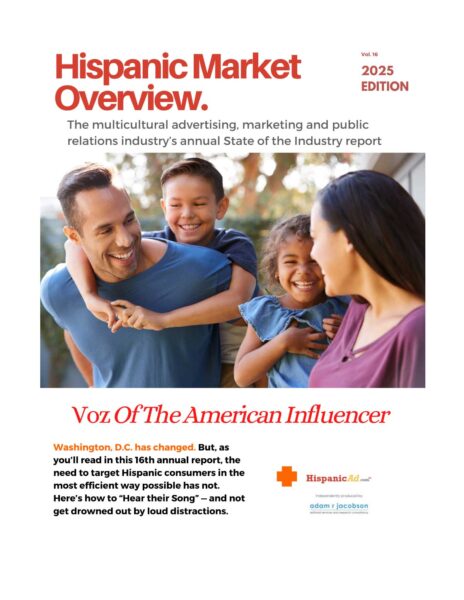DMA- The Integrated Marketing Media Mix’ Report.
May 17, 2008
The Direct Marketing Association (DMA) released “The Integrated Marketing Media Mix,” a report designed to fill the gap between how marketers use media in integrated campaigns and their growing importance within the greater direct marketing community.
The new 126-page report has three related objectives: first, to fill a need in providing solid benchmarks on the media strategies marketers are now using in their integrated campaigns; second, to discern and communicate best practices; and third, to break down the findings to see how organizations are approaching integrated marketing challenges.
Overall, the new DMA report found that as marketers integrate their media campaigns, they are adding email and other digital media in ever-increasing numbers. Offline media, however, remain extremely important to integrated campaigns. In fact, of the campaigns discussed in the report, 79.1 percent used email — the leading media — but 75.4 percent used direct mail.
According to Yoram Wurmser, Ph.D., DMA research manager and author of the report, “Even as marketers are bringing more digital media into their integrated campaigns, traditional media remain a core component of the marketing mix. What we see in our research is that digital media ranging from the firmly established email to the nascent mobile marketing channels are complementing — not replacing — direct mail, telephone, events, and direct response broadcast advertisements.”
Marketers appear to be adding new media rather than subtracting old ones. When asked about how their media use has evolved over the past three years, the results clearly showed that marketers are now using more digital media. Specifically, 75.8 percent of respondents said they are using more email than they were three years ago, while 61.1 percent are using more online video, and 62.9 percent are using more search engine marketing.
When asked to project how they will use media in the future, marketers project a continuation of the media trends of the past three years — in other words, increased employment of digital media with a steady use of offline media. Eighty-one percent of respondents expect an increase in email use. Other digital media forecast to see higher use include: search engine marketing, new media, campaign URL/PURLs, online video, banner/pop-up ads, and mobile.
DMA’s new report also breaks many of the responses down by one of five segmentations: expertise level, type of market (business-to-business vs. business-to-consumer), type of offering (products, services, donations), size of average sale, and size of company.
Some other key findings from DMA’s “The Integrated Marketing Media Mix” include:
– Direct mail remains an important player in terms of revenue. Respondents attributed 29 percent of the revenue generated from a campaign to direct mail, followed by email, with 21.6 percent of revenue.
– Five of the top six shares of the direct marketing media budget went to offline media: direct mail, catalog, direct response TV/radio, events, and telephone. Only email, which came in second with 11.3 percent of the budget, broke the top five media allocations.
– Digital media scored very high in terms of efficiency. When measuring relative return on investment (relative ROI), email produced roughly twice (1.93x) the revenue share relative to its share of the budget.
– B-to-B integrated campaigns use telephone (42.7 percent vs. 29.3 percent) and events (34.9 percent vs. 18 percent) more often than do B-to-C campaigns, which in turn use DR Newspaper/Magazine ads (29.4 percent vs. 18.2 percent) and DR TV/Radio (29.4 percent vs. 4.2 percent) ads more frequently than B-to-B campaigns.
– B-to-C marketers gather 8.2 percent of their responses from the direct marketing campaign via retail stores, compared with 1.1 percent of B-to-B marketers, who have better luck with email (17.2 percent of responses vs. 9.2 percent).
– Small companies (less than 100 employees) led larger companies (101 or more employees) in using several new media, particularly RSS feeds at 17.9 vs. 11.4 percent, blogs at 32.1 percent vs. 24.6 percent, and social networking sites as 28.4 percent vs. 23.2 percent.
For more information at http://www.the-dma.org/>



